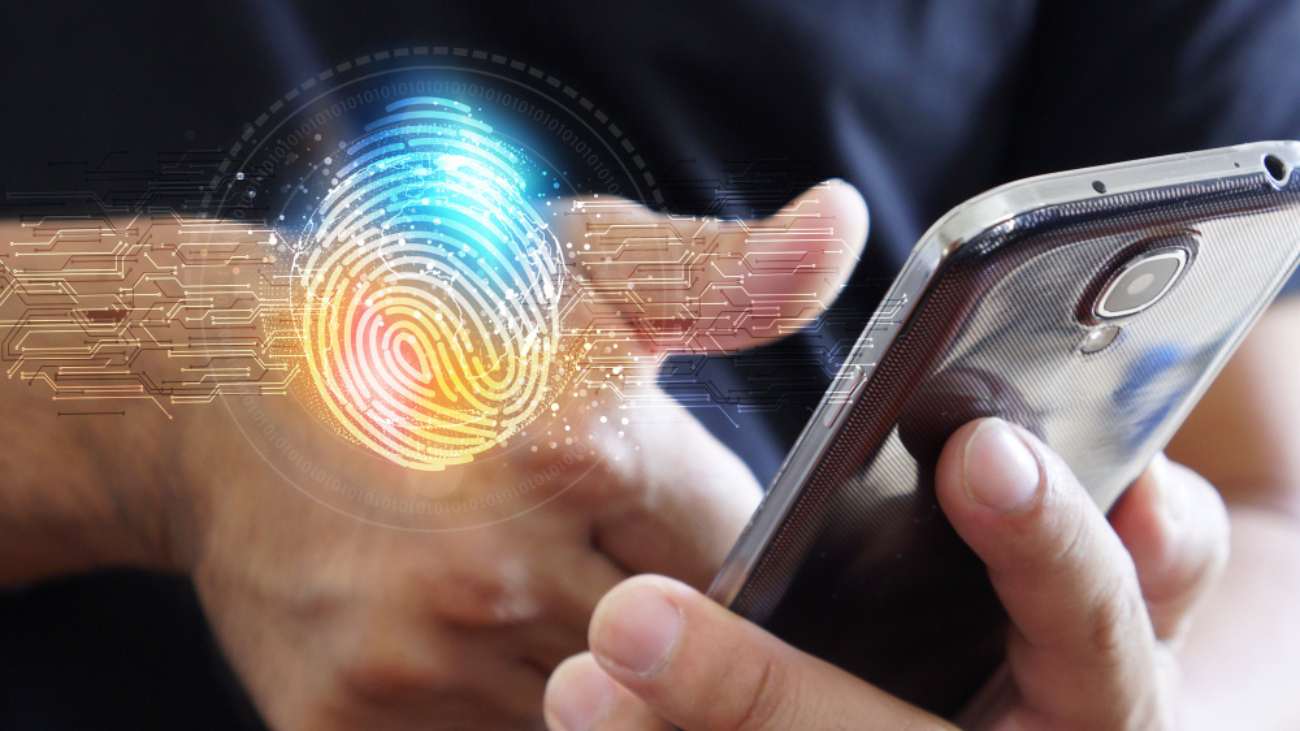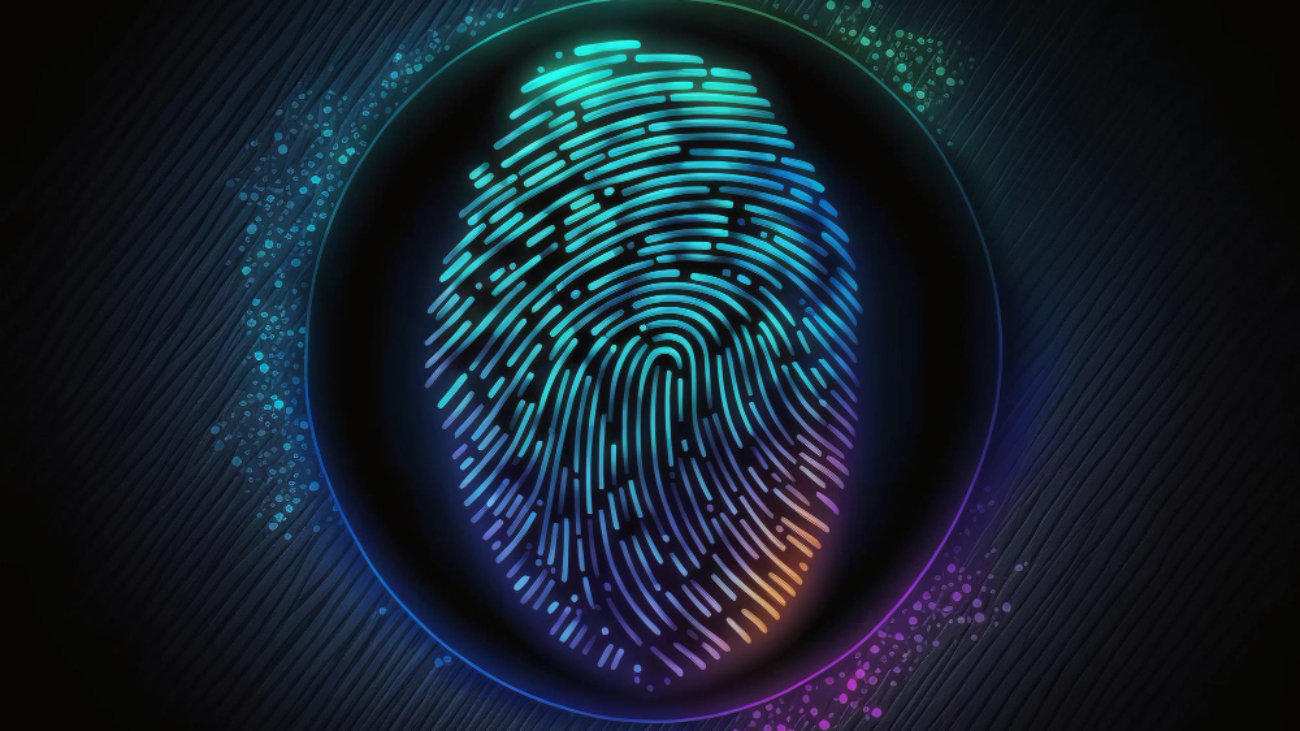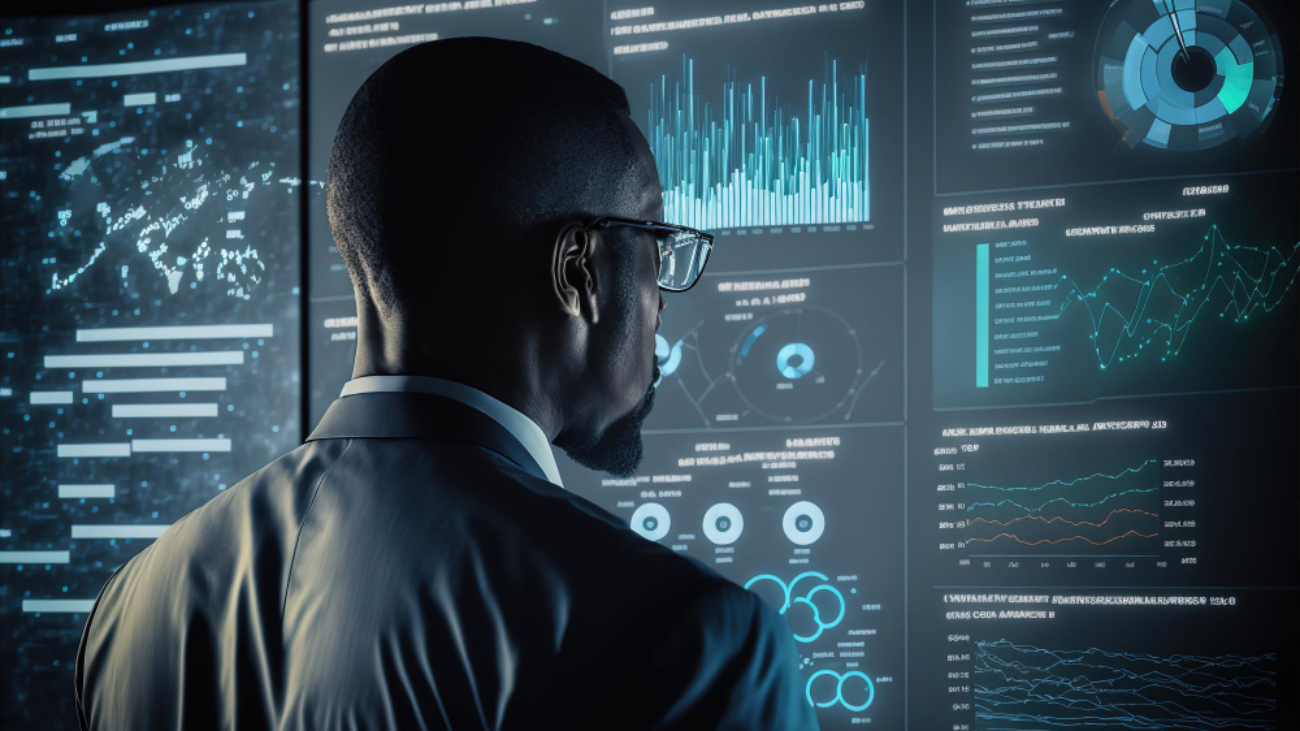The history between law enforcement and biometrics goes a long way back for it was this national department which first catapulted biometric tech to global spotlight. Every year, the use of biometrics in law enforcement is protecting thousands of cities around the world by helping law enforcement officers fight crime and uphold the law. Extensive databases consisting of finger, face and iris prints are being maintained by all governments around the world, leading to many cross-border databases as well.
The major areas where biometrics are used in law enforcement are for criminal investigations and citizen protection. From missing persons to elusive criminal masterminds, biometrics has changed the game in the realm of law enforcement. Police officers carry portable biometric devices for the purpose of recording latent prints from crime scenes and searching for matches on the go. Whether it is to record information about fleeing immigrants or to maintain peace in high-security prisons, biometrics is the go-to solution of the hour.
The U.S. leads the way
The United States law enforcement sector has lately amped up efforts to welcome advanced iris and facial recognition technologies. Modern iris and facial scanning tech provides a host of advantages like saving costs, improved accuracies, speedier detection and a touch-free experience. This is the kind of technological advancement that wasn’t possible a few decades ago and now make the difference between life and death.
The US government also has plans to invest resources in more user-friendly facial biometric mechanisms to safeguard the rights of its citizens. Many countries in Europe and Asia are also adopting Artificial Intelligence-engineered biometrics for the purpose of detection, monitoring and protection. The use of voice biometrics is a budding and promising subsector of biometrics in law enforcement that is expected to be used more widely in the coming years.
Bottom-line
Though the different types of biometrics employed in law enforcement have a lot of beneficial results, netizens around the world are scrutinizing their mainstream use. There are legitimate concerns about protection of user data and privacy which is being raised by Australian and Irish users. There is a certain lack of transparency in retention of biometric information that needs to be addressed.
As biometric devices and technologies continue to expand, there needs to be a tightening of security to ensure the technology is being used responsibly. By empowering the citizens and seeing to it that their rights are not being breached, biometrics can continue assisting the law enforcement personnel. Laying emphasis on the ethical and accountable elements of biometrics will go a long way in ensuring its role in law enforcement remains a positive one.
Thank you for your interest in Bahaa Abdul Hadi blogs. For more information, please visit www.bahaaabdulhadi.com







